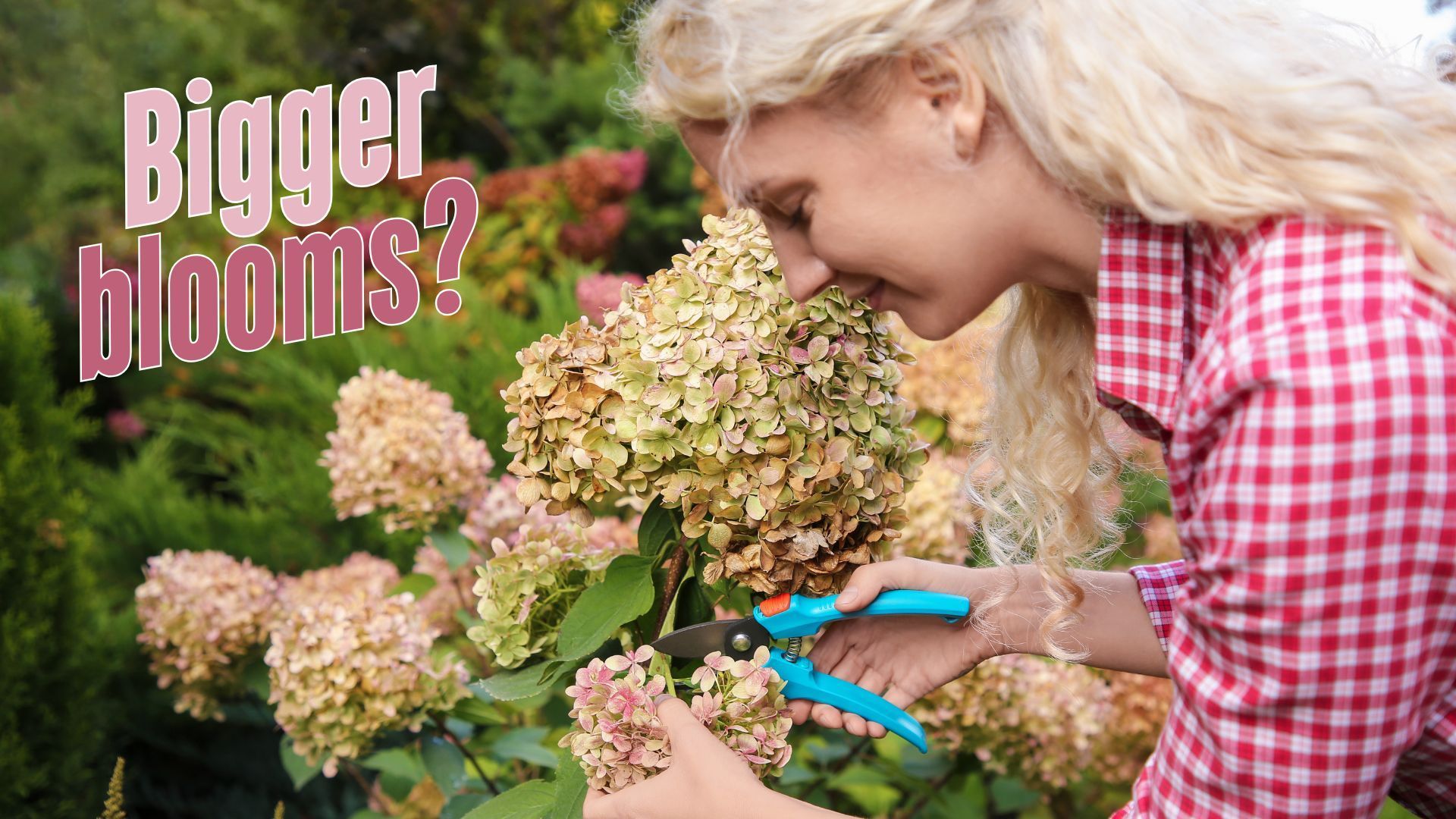How to Get Bigger and Better Hydrangea Flowers Every Year
Hydrangeas are a garden favorite, prized for their large, colorful blooms that bring beauty to any landscape. Yet, many gardeners struggle to get their hydrangeas to produce the big, vibrant flowers they desire. The secret? Proper pruning at the right time.

The Key to Bigger Blooms
One of the most important factors in ensuring abundant hydrangea blooms is timing your pruning correctly. The best time to prune most hydrangeas is just after the last frost in March. Pruning too early can leave them vulnerable to frost damage, while pruning too late may remove developing flower buds.
Why Timing Matters
Hydrangeas bloom on different types of wood, depending on the variety:
- Bigleaf (Hydrangea macrophylla) and Oakleaf (Hydrangea quercifolia): These bloom on old wood, meaning their flower buds develop on the previous year's growth.
- Panicle (Hydrangea paniculata) and Smooth (Hydrangea arborescens): These bloom on new wood, meaning they set buds on the current year's growth.
By pruning in March, after the last frost, you allow the plant to recover quickly and focus its energy on producing large, healthy flowers rather than repairing frost damage or regrowing unnecessary stems.
How to Prune Hydrangeas for Maximum Blooms
- Identify your hydrangea type. Before cutting, determine if your hydrangea blooms on old or new wood.
- Remove dead or damaged stems. Cut back any dead or weak stems to encourage healthy new growth.
- Thin out crowded growth. If stems are overcrowded, remove a few to allow better air circulation and sunlight penetration.
- Shape the plant. Trim long, leggy stems to maintain a balanced, attractive shape.
- Cut smooth and panicle hydrangeas back further. These can be pruned more aggressively, cutting back to about 12–24 inches from the ground for a flush of new growth.
Additional Tips for Bigger Hydrangea Flowers
- Fertilize in early spring. Apply a balanced, slow-release fertilizer to support strong growth.
- Ensure proper soil pH. Bigleaf hydrangeas change color based on soil pH. A more acidic soil (pH below 6) turns them blue, while alkaline soil (pH above 7) makes them pink.
- Provide consistent moisture. Hydrangeas love moist, well-draining soil, so regular watering is essential.
- Mulch around the base. A 2-3 inch layer of mulch or plain wood chips helps retain moisture and regulate soil temperature.
Conclusion
By pruning your hydrangeas at the right time—just after the last frost in March—you set the stage for larger, more vibrant flowers each year. Combined with proper feeding, watering, and care, this simple timing trick will help your hydrangeas reach their full blooming potential, making them the highlight of your garden.

Check out the latest:









